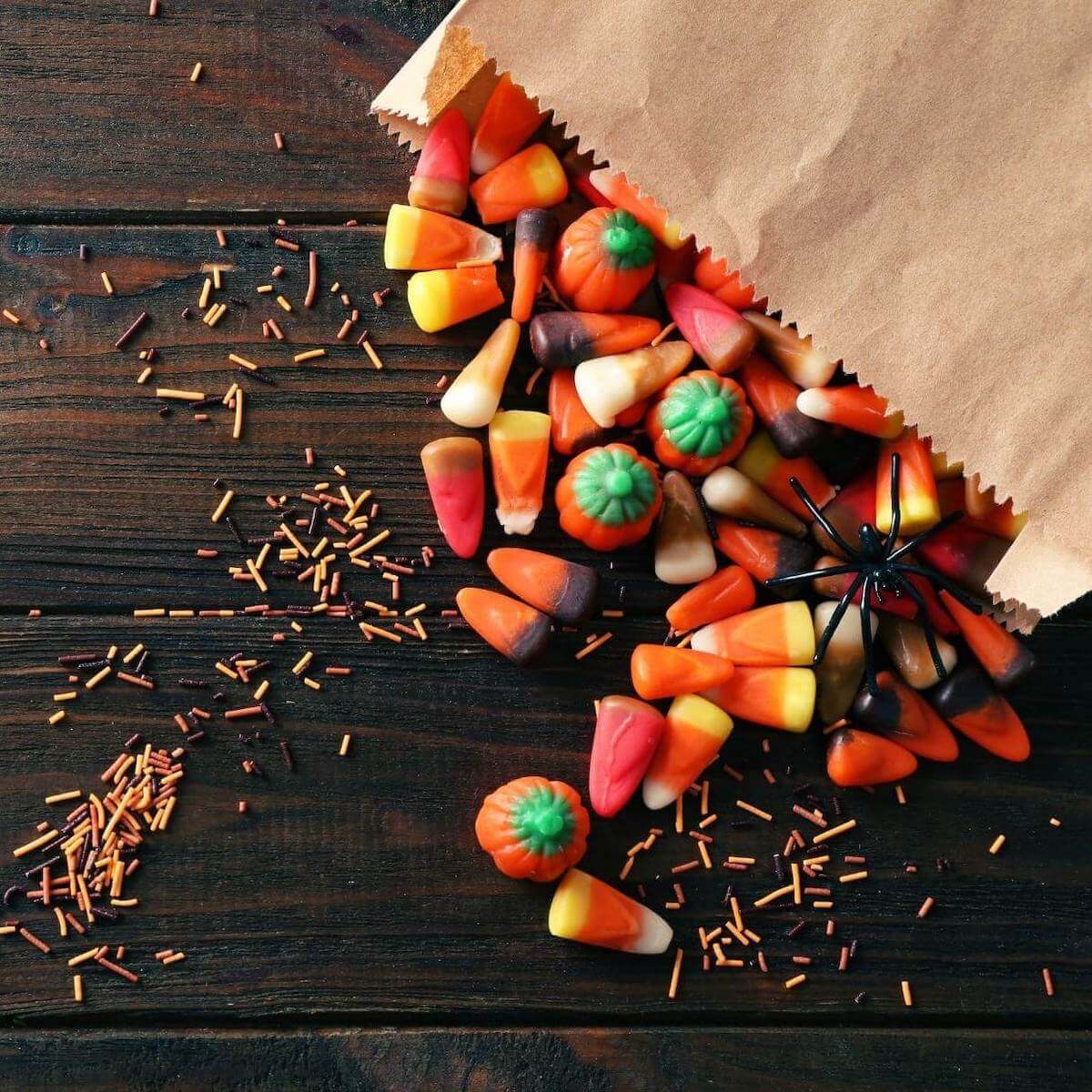 The biggest candy buying holiday of the year, Halloween, is around the corner. The National Retail Federation estimates that Americans will spend $3.6 billion on Halloween candy in 2023. With all that candy around, it’s a good time to talk about what the research tells us when it comes to the link between rosacea and dietary sugar.
The biggest candy buying holiday of the year, Halloween, is around the corner. The National Retail Federation estimates that Americans will spend $3.6 billion on Halloween candy in 2023. With all that candy around, it’s a good time to talk about what the research tells us when it comes to the link between rosacea and dietary sugar.
First, we don’t know a lot. There has never been a controlled, systematic, large-scale dietary study to determine the impact of diet on rosacea. Dietary studies can be difficult to administer, challenging to interpret and expensive to run. There have been a few small studies of the diet’s impact on acne, which found that reducing the amount of sugary and starchy foods consumed helped with acne, however the causes and biochemical processes of acne and the bumps and pimples of rosacea are very different.
While the research is ongoing, several studies have found associations between rosacea and insulin resistance, metabolic syndrome and diabetes. We do know that rosacea is related to low-grade inflammation and that dietary sugar is a key factor in inducing low-grade chronic inflammation, autoimmune diseases, and even neuroinflammation. We also know that each case of rosacea is unique and presents itself differently on every face.
When it comes to determining what triggers your flare-ups and whether added sugar impacts your rosacea, Dr. Rajani Katta, clinical assistant professor of dermatology at Baylor College of Medicine, says, “Self-experimentation and tracking are your best bet.”
Dr. Katta suggests keeping a food diary and undertaking an eight-week elimination diet avoiding potential trigger ingredients, then adding them back into the diet slowly and systematically to see how they impact the condition.
“Although sugar is found naturally in fresh fruits, vegetables, and milk, I'm referring to the effects of added sugars. Eliminating added sugars and measuring the personal impact can be informative," she adds.
Keeping away from the Halloween candy is an obvious step to avoiding added sugar, but it’s also important to carefully read food labels to spot the many forms sugar can take among the ingredients, including: fructose, sucrose, dextrose, maltose, rice syrup, maple syrup, corn syrup, molasses, agave, fruit concentrates, fruit nectars, and cane juice.
The choice is yours whether to indulge in the Halloween candy extravaganza or to embark on the journey to examine how added sugar may impact your rosacea flare-up. It may get a little easier on November 1st.